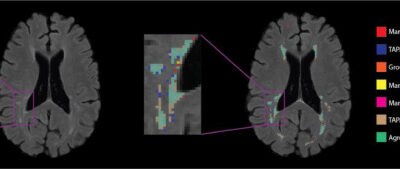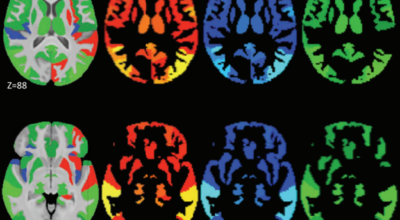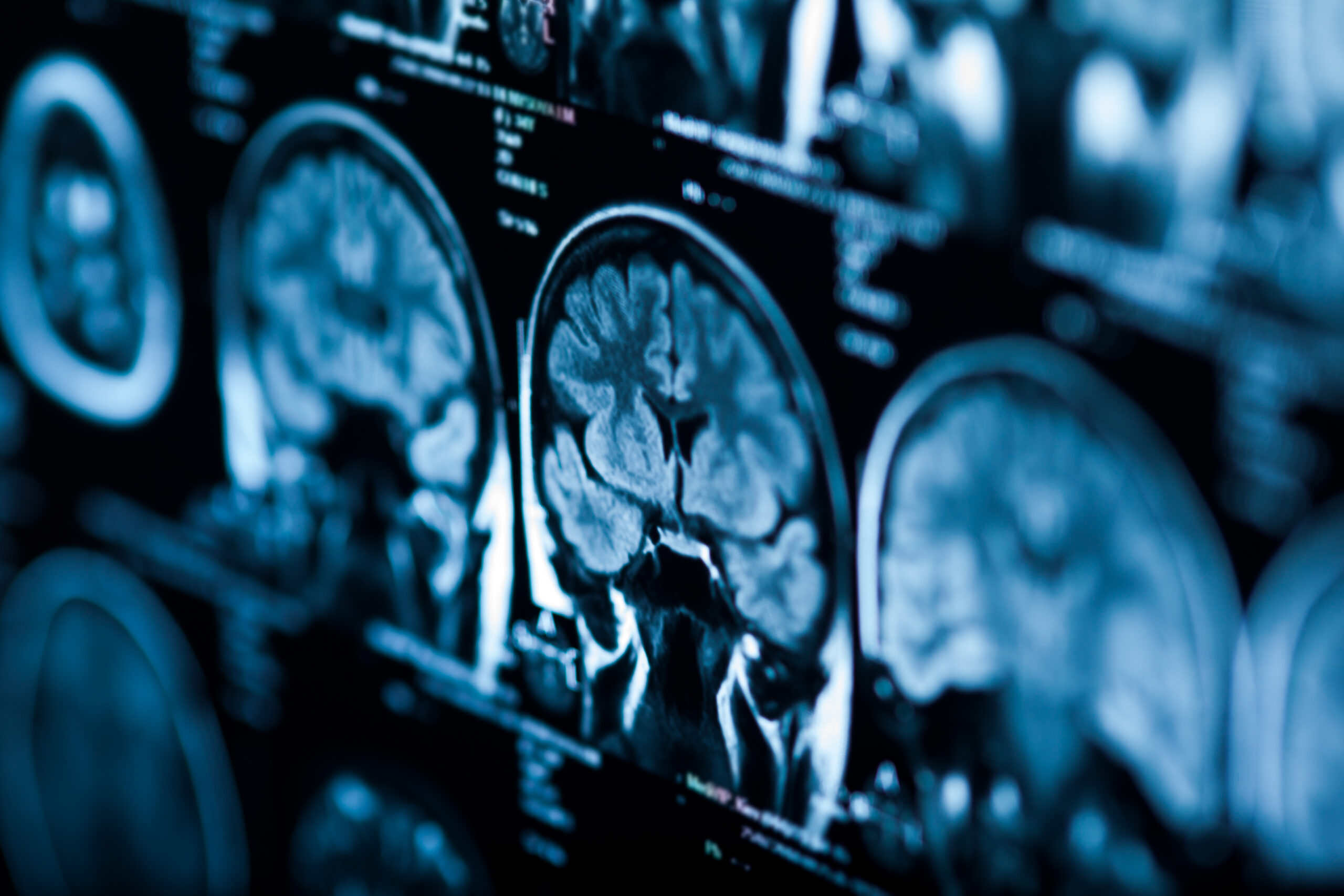PennSIVE News
Browse featured publications and news from the Penn Statistics in Imaging
and Visualization Endeavor (PennSIVE) research team.
Browse featured publications and news from the Penn Statistics in Imaging
and Visualization Endeavor (PennSIVE) research team.

Dr. Horwath is a recent graduate of Temple University with a PhD in Psychology. She completed her undergraduate degree in Psychology at Alfred University in December 2017. She will be […]

Russell “Taki” Shinohara, PhD was selected as the 2023 Mortimer Spiegelman Award recipient by the Applied Public Health Statistics Section of the American Public Health Association (APHA). Each year, the APHA […]

A key factor in designing randomized clinical trials is the sample size required to achieve a particular level of power to detect the benefit of a treatment. Sample size calculations […]

The presence of a paramagnetic rim around a white matter lesion has recently been shown to be a hallmark of a particular pathological type of multiple sclerosis lesion. Increased prevalence […]

To acquire larger samples for answering complex questions in neuroscience, researchers have increasingly turned to multi-site neuroimaging studies. However, these studies are hindered by differences in images acquired across multiple […]

While many findings in neuroimaging studies pertain to multiple imaging modalities, statistical methods underlying intermodal comparisons have varied. In our recently published paper in Human Brain Mapping, we propose the […]

While aggregation of neuroimaging datasets from multiple sites and scanners can yield increased statistical power, it also presents challenges due to systematic scanner effects. This unwanted technical variability can introduce […]

Like many scientific disciplines, neuroscience has increasingly attempted to confront pervasive gender imbalances within the field. While much of the conversation has centered around publishing and conference participation, recent research […]

Total brain white matter lesion volume is the most widely established MRI outcome measure in studies of multiple sclerosis. To estimate white matter lesion volume, there are a number of […]

A great deal of neuroimaging research focuses on voxel-wise analysis or segmentation of damaged tissue, yet many diseases are characterized by diffuse or non-regional neuropathology. In simple cases, these processes […]

The field of neuroimaging dedicated to mapping connections in the brain is increasingly being recognized as key for understanding neurodevelopment and pathology. Networks of these connections are quantitatively represented using […]

Spatial extent inference (SEI) is widely used across neuroimaging modalities to adjust for multiple comparisons when studying brain-phenotype associations that inform our understanding of disease. Recent studies have shown that […]

Magnetic resonance imaging (MRI) is crucial for in vivo detection and characterization of white matter lesions (WML) in multiple sclerosis (MS). The most widely established MRI outcome measure is the […]

In neuroimaging, hundreds to hundreds of thousands of tests are performed across a set of brain regions or all locations in an image. Recent studies have shown that the most […]

The central vein sign is a promising MR imaging diagnostic biomarker for multiple sclerosis. Recent studies have demonstrated that patients with MS have higher proportions of white matter lesions with […]

As the field of neuroimaging grows, it can be difficult for scientists within the field to gain and maintain a detailed understanding of its ever-changing landscape. While collaboration and citation […]

In the fields of neuroimaging and genetics, a key goal is testing the association of a single outcome with a very high-dimensional imaging or genetic variable. Often, summary measures of […]

Magnetic resonance imaging (MRI) is crucial for in vivo detection and characterization of white matter lesions (WML) in multiple sclerosis. While WML have been studied for over two decades using […]

This study introduces a novel technique for counting pathologically distinct lesions using cross-sectional data, and demonstrates its ability to recover obscured longitudinal information. The proposed count works by incorporating information […]

With the proliferation of multi-site neuroimaging studies, there is a greater need for handling non-biological variance introduced by differences in MRI scanners and acquisition protocols. Such unwanted sources of variation, […]

Diffusion tensor imaging (DTI) is a well-established magnetic resonance imaging (MRI) technique used for studying microstructural changes in the white matter. As with many other imaging modalities, DTI images suffer […]

MR imaging can be used to measure structural changes in the brains of individuals with multiple sclerosis and is essential for diagnosis, longitudinal monitoring, and therapy evaluation. The North American […]

PREVAIL: In this work, our lab developed a model for predicting the degree and spatial pattern of MS lesion tissue recovery. The model is based solely on lesion presentation at […]